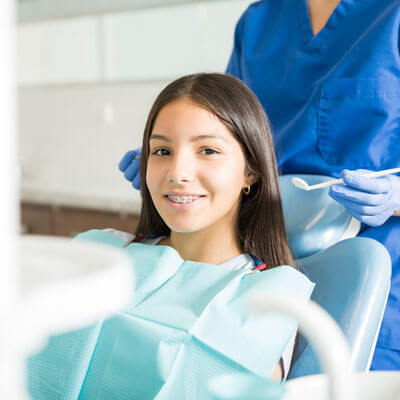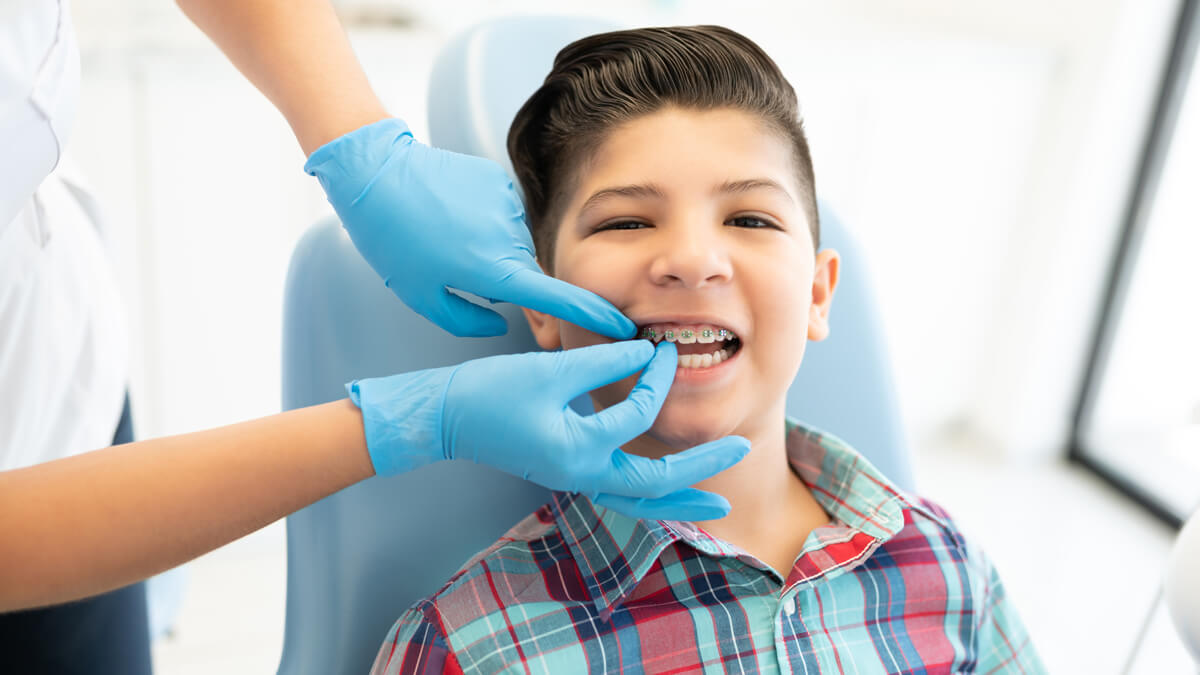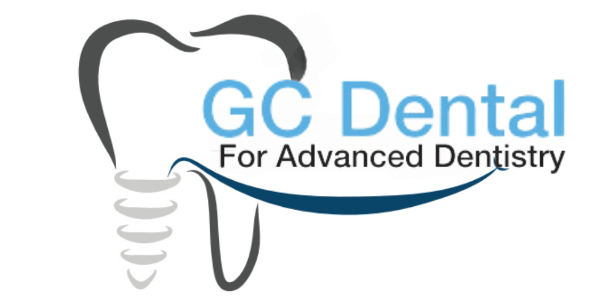Orthodontics in Hurstville
 Orthodontics is a branch of dentistry which specialises in the diagnosis, prevention and treatment of problems in the alignment of teeth and jaws. The technical term for these problems is malocclusion, which literally means bad bite. An orthodontist is a dentist who has undergone extensive post-graduate training in the diagnosis and treatment of tooth and jaw misalignment.
Orthodontics is a branch of dentistry which specialises in the diagnosis, prevention and treatment of problems in the alignment of teeth and jaws. The technical term for these problems is malocclusion, which literally means bad bite. An orthodontist is a dentist who has undergone extensive post-graduate training in the diagnosis and treatment of tooth and jaw misalignment.
Orthodontic Treatment
Orthodontists use corrective devices such as braces and plates to gently and gradually bring the teeth and jaws into proper alignment. Treatment may involve some periods of soreness and discomfort – this is settled with pain killing medication.
Orthodontic problems are usually identified by the age of 12-14 years when most of the adult teeth have erupted. Adults as well as young people can be treated but, with adults, there is a greater limitation on treatment as the facial bones are no longer growing and bone modification is not possible.
Consequently, for many adults, there may be a need for a combination of orthodontic treatment with braces together with facial surgery.

Assessment may include:
- Plaster models of the teeth constructed from impressions
- Photographs of face and teeth
- X-rays of jaws and teeth
Following those procedures, your orthodontist may consider:
- Treatment options
- When treatment should begin
- How long it will last
- What it will cost
Before work begins, extractions may be necessary to create room in a crowded jaw for other teeth. There may be a need for fillings, and hardened plaque or tartar may have to be professionally removed.
Braces and Orthodontic Treatments
Additional Orthodontic Appliances
- Arch expansion devices to correct a crossbite
- Functional appliances to assist in correcting protruding teeth
- Removable plates to correct simple misalignment
- Headgear, or night braces, to correct some types of jaw misalignment
At GC Dental, we provide the most advanced techniques and treatments for a straighter smile. We offer comfortable, effective braces that are the least visible possible:
- Normal, coloured and stainless steel braces
- Cosmetic Ceramic (invisible) braces
- Gold braces
We also cater for those who don’t fancy braces but want straight teeth. Today, we can align teeth using thin, clear, and removable correctors called Invisalign. When they are worn, they are almost unnoticeable and they can be taken out whenever you want, this means that you can eat whatever you want, and do all the things you’d normally do.
Learn More Today
Are you ready to unlock the smile of your dreams? We’d love to help. Contact our team today to book your visit.
CONTACT US
Any invasive or surgical procedure may carry risks. Before moving forward, it is recommended that you seek a second opinion from an appropriately licensed medical professional.

